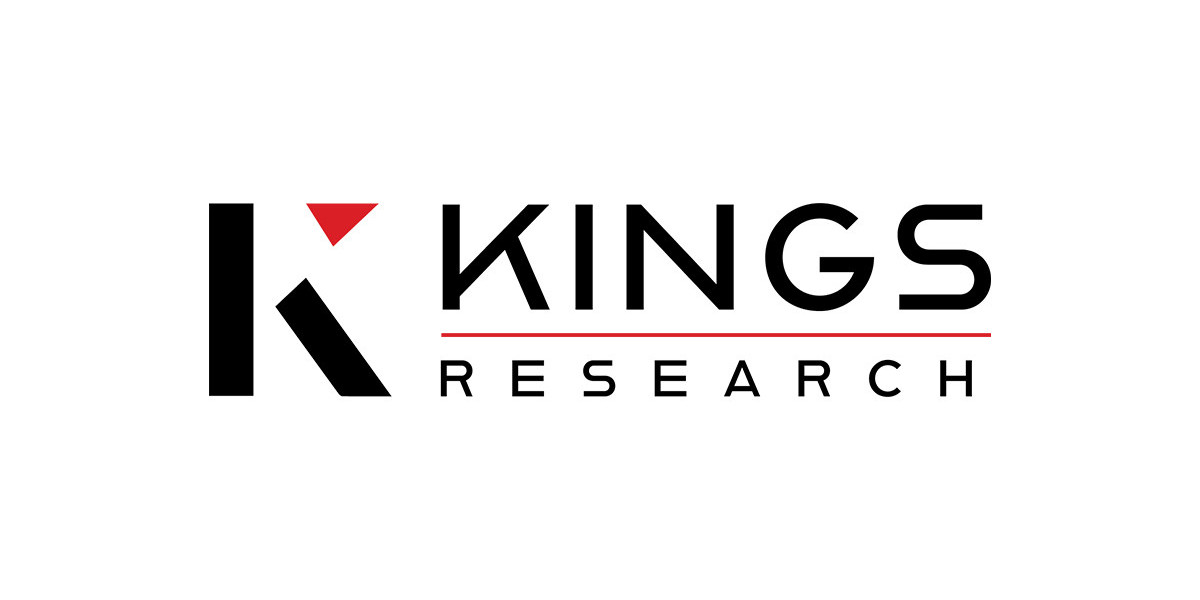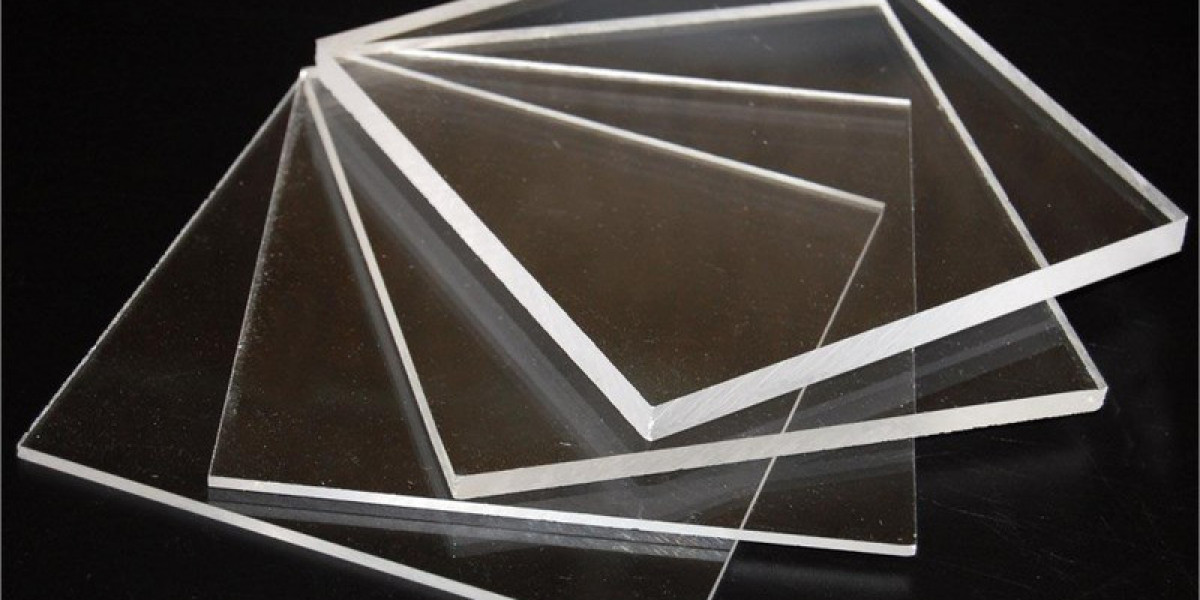In recent years, technological innovation has reshaped how we work, produce, and consume. Among the most transformative advancements is 3D printing, also known as additive manufacturing. What started as a tool for prototyping has evolved into a disruptive force across industries. As we navigate through 2025, 3D printing is not just a trend—it’s becoming a cornerstone of how people think about launching and scaling a business in 2025.
This article explores how the rise of 3D printing is influencing modern business ideas, the industries it's transforming, and why entrepreneurs should pay close attention to this powerful tool.
Understanding 3D Printing and Its Evolution
3D printing is the process of creating three-dimensional objects from a digital file, using materials like plastics, metals, ceramics, and even biological tissue. Unlike traditional manufacturing, which often involves subtractive processes like cutting or drilling, 3D printing builds objects layer by layer.
What makes 3D printing revolutionary in 2025 is its accessibility. Printers are more affordable, materials more diverse, and digital design tools more intuitive. This democratization of manufacturing enables small businesses and startups to produce complex products without expensive machinery or large factory spaces.
How 3D Printing is Inspiring New Business Models
The flexibility of 3D printing is redefining what it means to launch a business in 2025. Here are a few innovative ways it's being integrated into business models:
1. Customization at Scale
Consumers today value personalization more than ever. 3D printing enables businesses to create tailor-made products—from custom-fit footwear and jewelry to ergonomic office equipment—without the delays and costs traditionally associated with bespoke production.
For instance, a startup can offer customized phone cases or home décor items where customers upload their own designs, which are then printed on demand. This model eliminates inventory costs and reduces waste, which aligns with both economic and environmental goals.
2. On-Demand Manufacturing
Gone are the days when businesses needed to produce thousands of units upfront. With 3D printing, companies can manufacture products as orders come in, reducing storage costs and minimizing unsold inventory. This is especially useful for niche markets where demand might be small but highly specific.
Entrepreneurs building a business in 2025 can operate from small spaces, avoiding large-scale manufacturing overhead. This lean model offers a competitive edge, especially in the early stages of a startup.
3. Rapid Prototyping and Faster Time-to-Market
Developing new products used to be time-consuming and expensive, particularly in sectors like automotive or consumer electronics. Now, entrepreneurs can prototype, test, and refine their products within days instead of months.
This accelerated product development cycle empowers inventors and small businesses to bring ideas to life quickly and with minimal risk. It’s an ideal environment for innovation, a key trait for anyone starting a business in 2025.
4. Decentralized Production
3D printing supports local production hubs, enabling goods to be made close to the consumer. This reduces transportation costs, lowers carbon emissions, and enhances supply chain resilience. In a post-pandemic world where global logistics are still recovering, this kind of flexibility is vital.
Businesses in various regions can use the same digital design files to print identical products, making international expansion more scalable and less capital-intensive.
Industries Most Affected by 3D Printing in 2025
The scope of 3D printing’s impact in 2025 stretches across industries. Here are a few where it's making the biggest waves:
Healthcare
Medical startups are using 3D printing to create prosthetics, dental implants, and even bioprinted tissues. This has made healthcare more affordable and accessible, particularly in under-resourced regions. Customized orthotics, hearing aids, and surgical tools are now easier to produce locally and affordably.
Fashion and Apparel
3D-printed clothing and accessories allow for designs previously impossible through traditional methods. Fashion entrepreneurs can now produce intricate patterns, reduce fabric waste, and create personalized items on demand—all from a small studio.
Construction and Housing
Large-scale 3D printers are now being used to build homes and office spaces, drastically reducing labor costs and build times. Startups in the housing sector are exploring business models that combine sustainable materials with rapid construction, aiming to address housing shortages globally.
Automotive and Aerospace
Parts and components are increasingly being printed for cars, drones, and aircrafts. This not only reduces costs but also improves performance by allowing for more lightweight and complex structures. Startups in these sectors can now compete with larger firms thanks to reduced barriers to entry.
Challenges Entrepreneurs Need to Consider
While the opportunities are immense, launching a business in 2025 that leverages 3D printing also comes with challenges:
Material Limitations: Not all products can be 3D printed, and material availability may vary.
Regulations and Quality Control: Especially in healthcare and aerospace, strict standards apply.
Intellectual Property Risks: With digital files being easily shared, design theft is a real concern.
Initial Learning Curve: While tools are becoming more user-friendly, mastering 3D design and printing still requires some training.
Despite these hurdles, the benefits outweigh the risks for many business models, especially when approached strategically.
Sustainability and the Green Advantage
One of the most compelling reasons 3D printing is influencing how people build a business in 2025 is its potential for sustainability. Unlike traditional manufacturing that often leads to waste, 3D printing uses only the material necessary to produce an object.
Additionally, on-demand production and localized manufacturing reduce overproduction, packaging waste, and carbon emissions from long-distance shipping. These environmentally conscious practices are not just good for the planet—they’re increasingly favored by consumers who prefer eco-friendly brands.
Tips for Entrepreneurs Embracing 3D Printing in 2025
If you’re considering building a business in 2025 using 3D printing, here are a few steps to get started:
Identify a niche where customization or local production offers a unique advantage.
Invest in basic design software or collaborate with 3D designers.
Start small—test your product in local or online markets.
Focus on quality, user experience, and sustainable practices.
Stay informed about regulations in your target industry.
Whether you're launching a new product line, solving a local issue with custom parts, or delivering personalized medical devices, 3D printing provides the tools to bring your vision to life efficiently and creatively.
Final Thoughts
3D printing is not just reshaping manufacturing—it’s redefining the very concept of what it means to launch and grow a business in 2025. With lower barriers to entry, greater customization, and improved speed to market, this technology is empowering a new wave of entrepreneurs.
As 3D printing becomes more integrated into mainstream business practices, those who embrace its potential today will be the leaders of tomorrow. Whether you’re a designer, engineer, or simply a creative thinker, there has never been a better time to explore how 3D printing can turn your business idea into a tangible reality.










